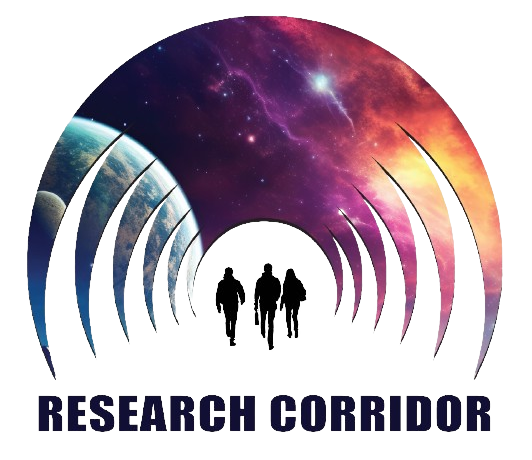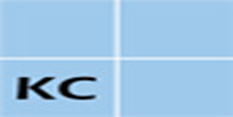A Graph Theory Approach to Modeling the Spread of Health Misinformation in Aging Populations on Social Media Platforms.
Keywords:
Graph Theory; Health Misinformation; Aging Populations; Social Media Networks; eHealth LiteracyAbstract
Objective: The exponential growth of online social-media platforms has been accompanied by a growing concern over health misinformation among aging populations who are often digital immigrants or lack media literacy/critical skills. Older adults are among the highest consumers of online health information to seek medical advice or self-management guidance for illness prevention and wellness. Misinformation exposure, especially for medical decisions on health crises or chronic conditions, can lead to health-damaging behavior and is a public health concern (eg, anti-vaccine movements, COVID-19 misinformation, herbal “cures”). Current epidemiological models do not fully reflect the network dynamics of misinformation diffusion. The research presents a novel graph-theoretic modeling approach that characterizes the process of health misinformation diffusion through social-media platforms among aging users.
Methods: The study models social networks as a graph (G) with users as nodes (n) and social interactions such as shares, comments, or likes as edges (e). Graph theory and network analysis are used to calculate properties such as degree, betweenness, clustering coefficient, and eigenvector centrality to identify key spreaders and susceptible clusters. A susceptible–exposed–infected–recovered (SEIR) diffusion model from epidemiology is mapped onto the graph to simulate misinformation spread across different network topologies and user interaction patterns. Variables such as trust level, confirmation bias, and fact-checking frequency are included to model the probability of misinformation adoption and sharing. The data was extracted from public Twitter (X) and Facebook public feeds on COVID-19, diet supplements, and disease self-management filtered by an algorithm for an aging audience. The model is calibrated and validated with actual misinformation cases and Bayesian inference to estimate transmission probabilities.
Results: The simulation shows that health misinformation among aging populations is likely to diffuse first through homophilous (high-trust/low-diversity) subnetworks, a group of users with common characteristics (demographics, interests, values). A small number of central nodes (users with many connections and influence in the network) act as major hubs for misinformation spread, even when fact-checked (correct information provided to the user). Network resilience analysis shows that as few as 5–10% of central misinformation nodes being removed or corrected can decrease the total amount of diffusion by as much as 45%. However, if the network has high homophily (similarity within group) and low information entropy (redundant/most likely to believe misinformation), then the diffusion is not easily dissipated, which is often the case in digital networks of older users. This result is also visualized using weighted directed graph.
Conclusion: The study provides a case that using a graph-theoretic approach can offer a useful framework to analyze health misinformation diffusion among older social-media users. By understanding the network structure, key nodes, vulnerable clusters, and diffusion patterns, we can gain insights on how to strategically intervene and design policies that could contain or reduce the public health harm of misinformation. Possible interventions based on the model include influencer identification and correction, information diversity through platform algorithms, and digital health literacy campaigns among peer networks. The study also calls for more interdisciplinary research to combine network science, behavioral health, and digital sociology to better understand and protect aging populations from the harms of misinformation in the digital era.
























